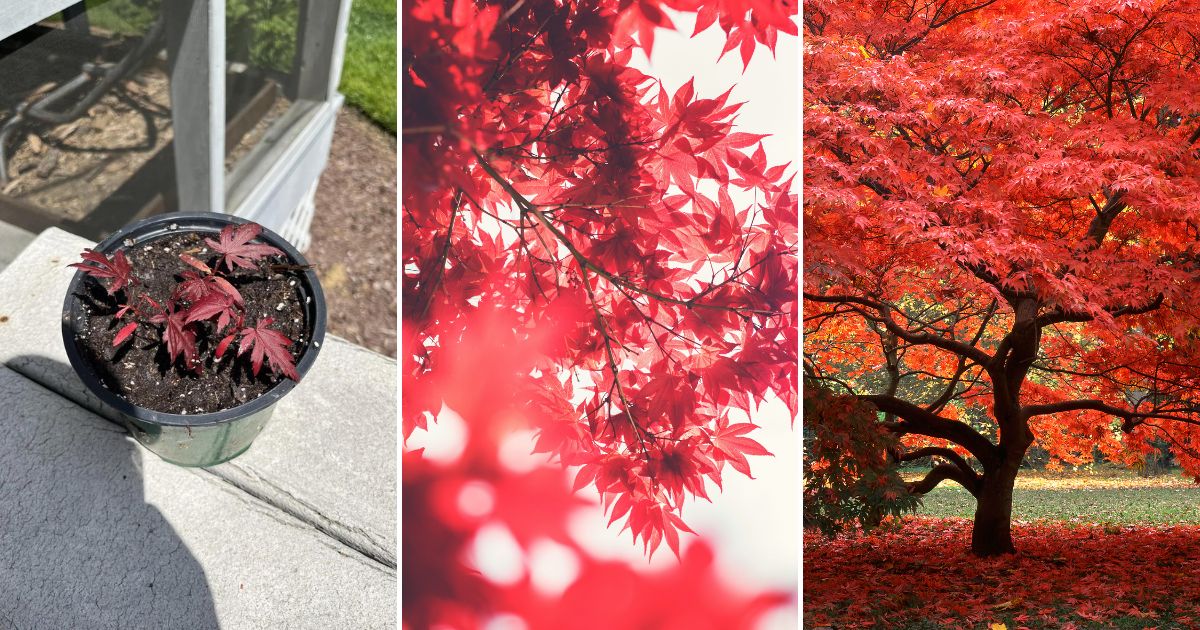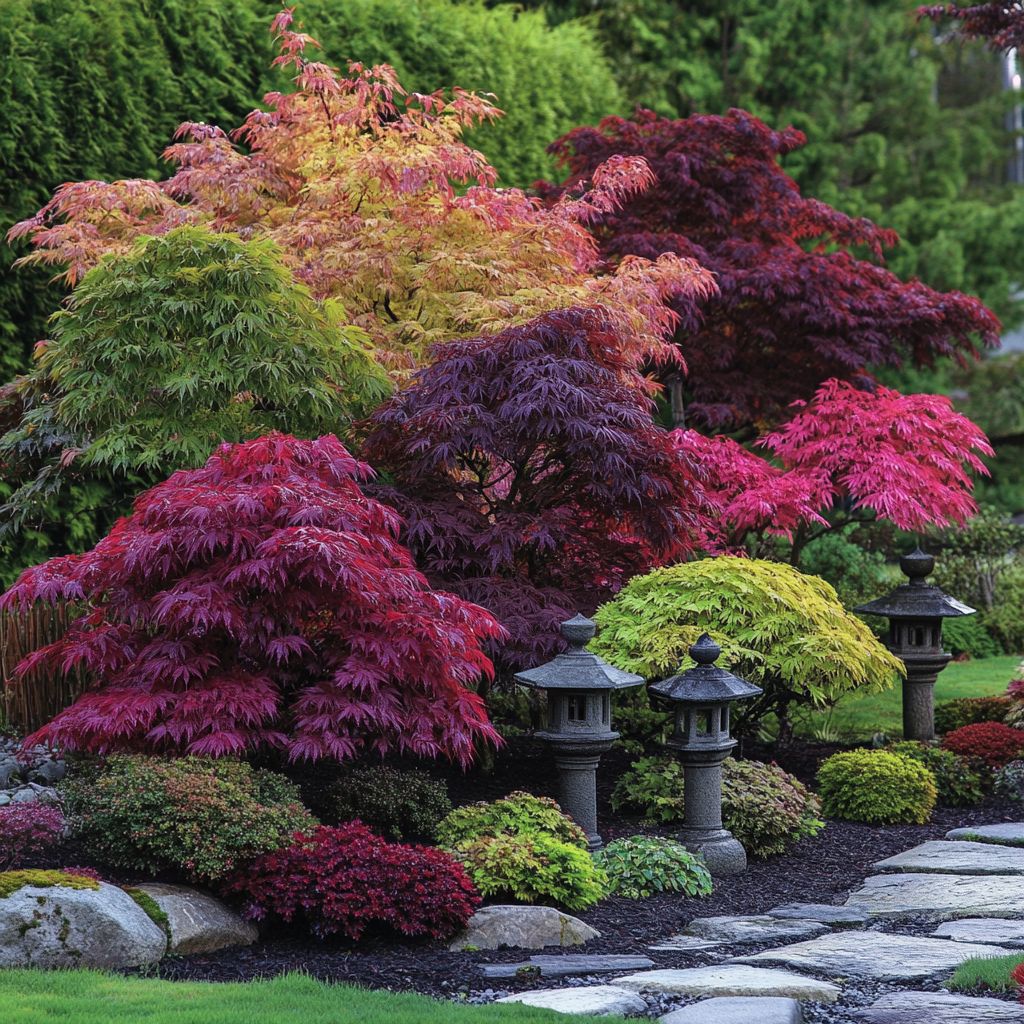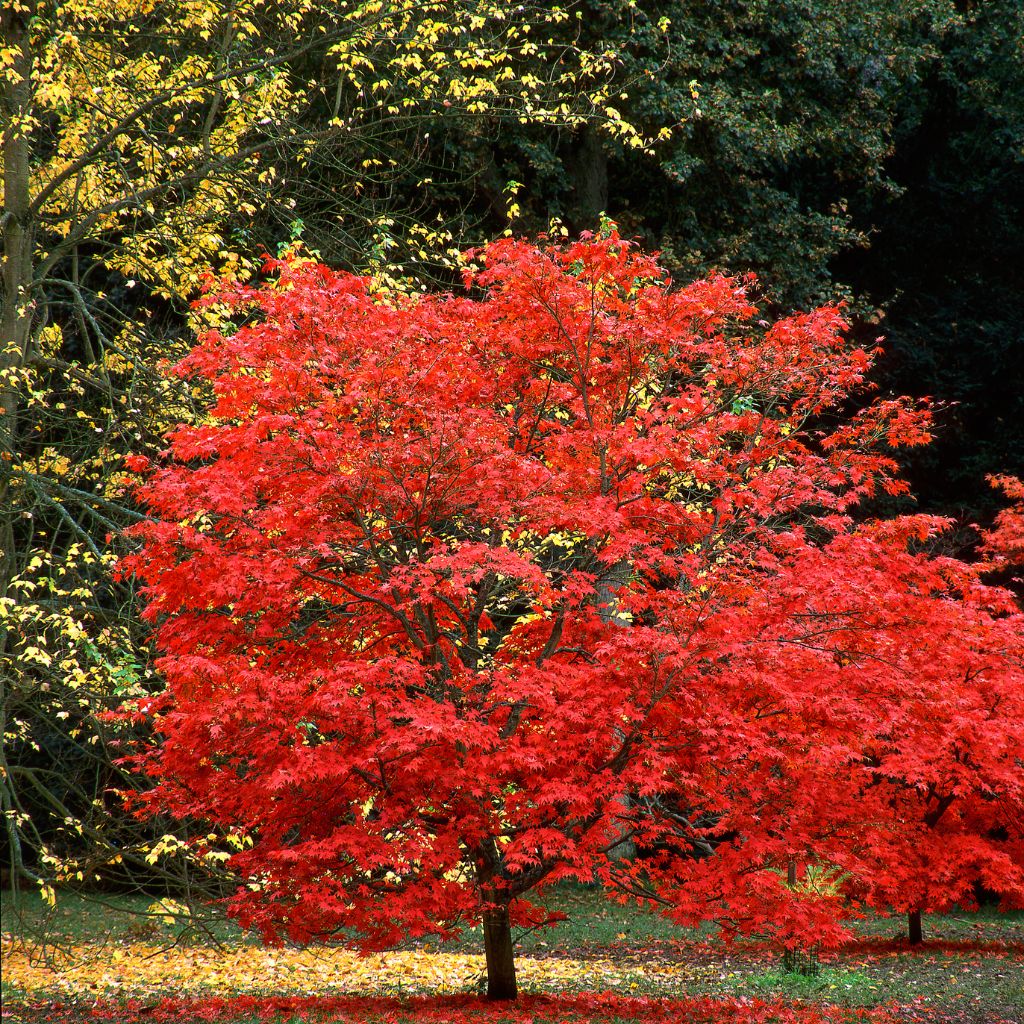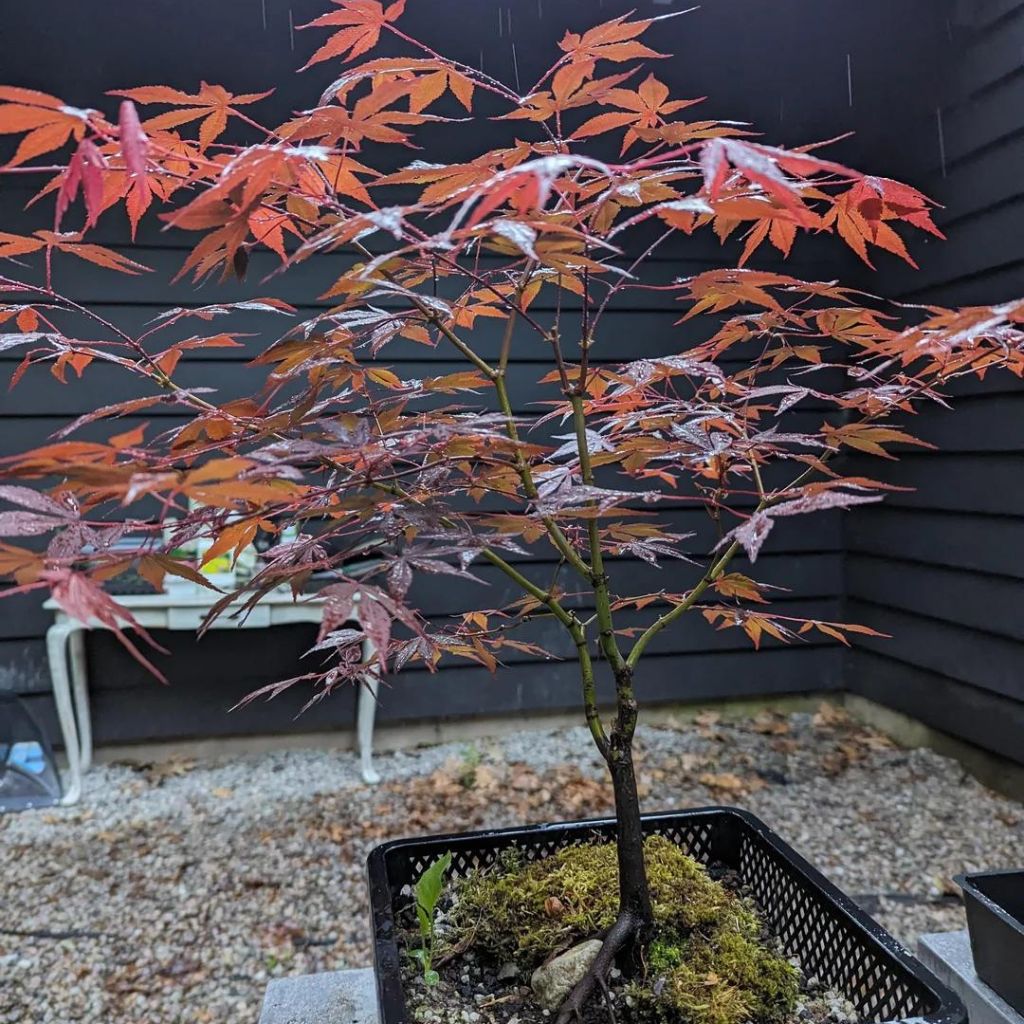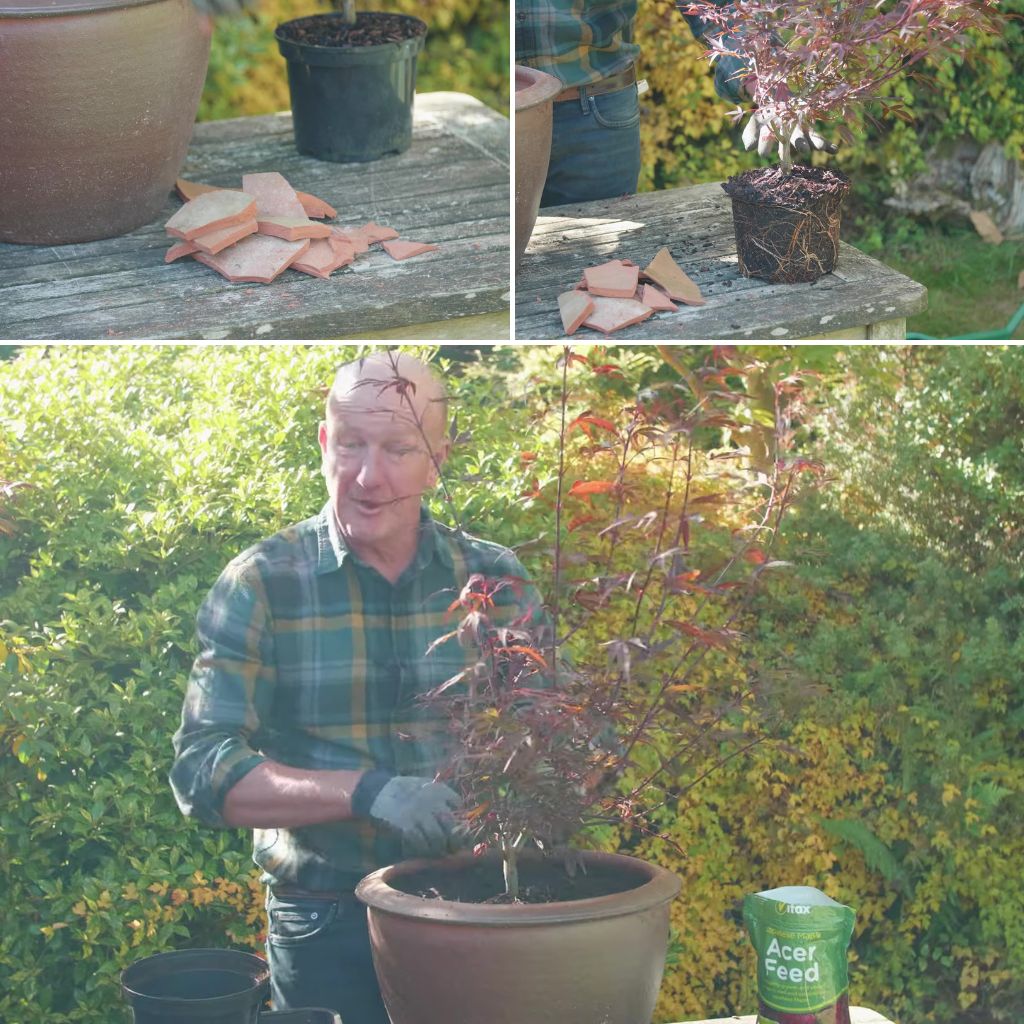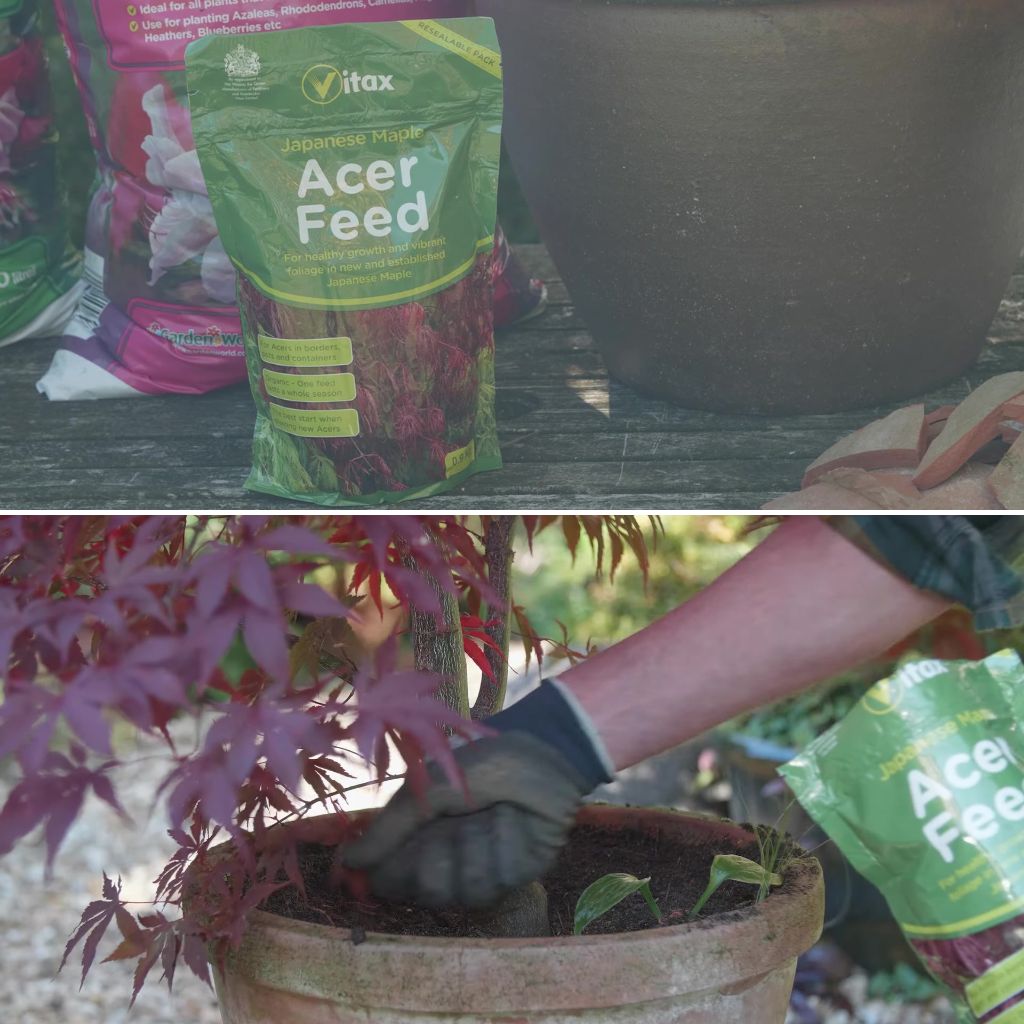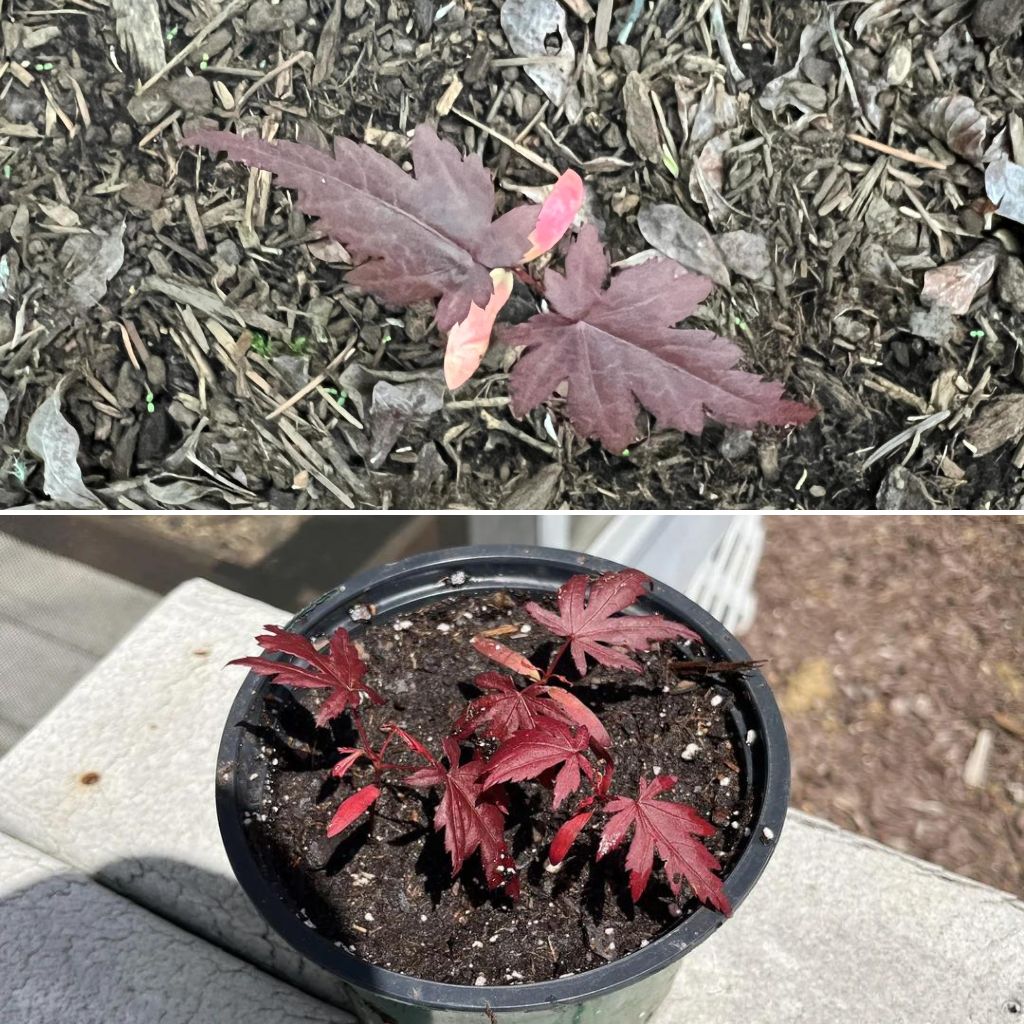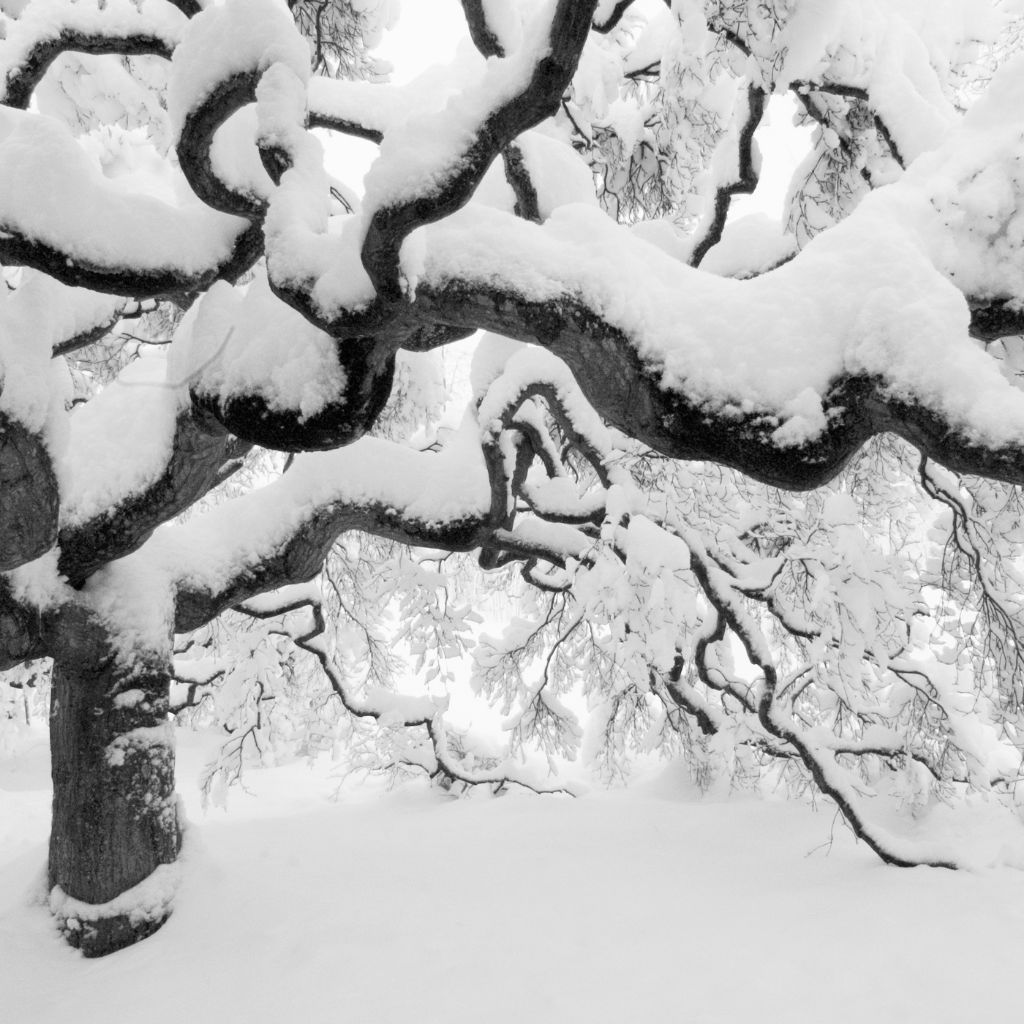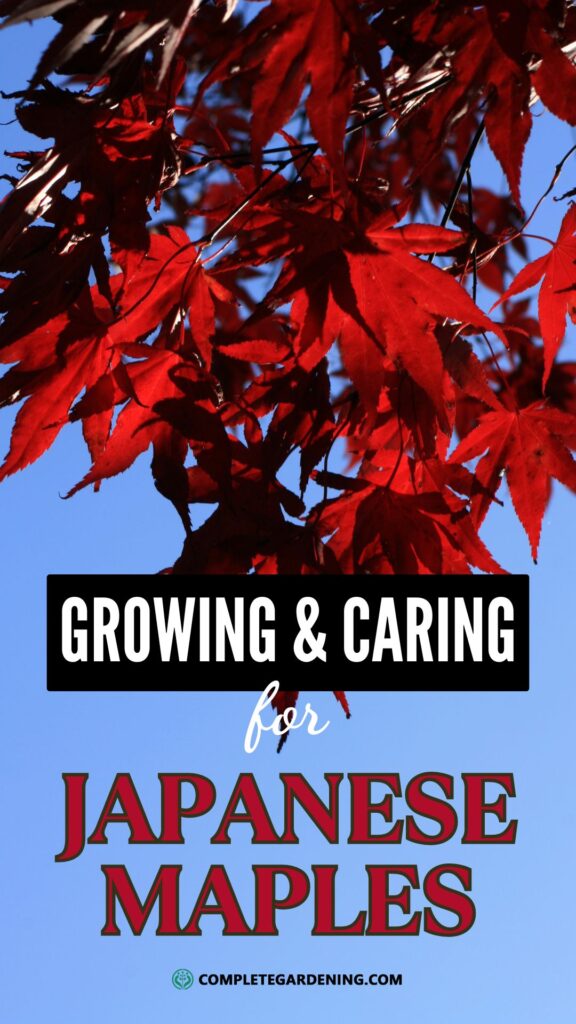Imagine a tree so captivating that it transforms your garden into a masterpiece of vibrant colors and delicate beauty. Japanese maples, scientifically known as Acer palmatum, are more than just trees—they are living works of art.
Originating from the serene landscapes of Japan and Korea, these small, deciduous trees are cherished for their intricate leaves and stunning seasonal displays.
Learning the secrets of growing and caring for Japanese maples can unlock a new level of elegance in your outdoor space. Ready to bring a touch of the extraordinary to your garden? Let’s dive in.
Choosing the Right Japanese Maple
With hundreds of varieties and cultivars available, selecting the right Japanese maple for your garden is the first step in ensuring its success.
These trees vary greatly in size, leaf shape, and color, so you’ll want to choose one that fits both your aesthetic preferences and the space you have available.
Size and Form
Japanese maples can range from dwarf varieties that grow only 2 feet tall to larger trees that can reach up to 25 feet.
The shape of the tree can also vary from upright and vase-like to cascading or weeping forms. Consider the mature size and form of the tree when selecting a variety for your garden.
Leaf Color
The leaves of Japanese maples are one of their most striking features, with colors ranging from deep reds and purples to bright greens and even pinks.
Many varieties change color with the seasons, offering a dynamic display throughout the year.
Popular cultivars include ‘Bloodgood’ for its deep red leaves, ‘Crimson Queen’ for its weeping habit and burgundy foliage, and ‘Sango Kaku’ for its coral bark and golden autumn leaves.
Planting Japanese Maples
Once you’ve selected your Japanese maple, proper planting is crucial to its long-term health and growth. The timing, location, and method of planting all play a role in how well your tree will establish itself.
When to Plant
The best times to plant Japanese maples are in the spring or fall. Spring planting is often preferred as it gives the tree an entire growing season to establish its roots before the winter.
However, fall planting is also possible, especially in regions with milder winters. Avoid planting during the height of summer or winter when the tree is either too stressed by heat or too vulnerable to cold.
Where to Plant
Japanese maples thrive in locations with dappled sunlight or partial shade. While some varieties can tolerate full sun, especially in cooler climates, most prefer protection from the intense afternoon sun, which can scorch their delicate leaves.
Plant your tree in a spot where it will receive morning sun and afternoon shade, ideally on the north or east side of your home or a building.
How to Plant
Begin by digging a hole that is three times the width of the tree’s root ball but no deeper than the root ball itself. This ensures that the tree is planted at the correct depth and that its roots have plenty of loose soil to grow into.
1. Place the tree in the hole: Set the root ball in the center of the hole, with the top slightly above the surrounding soil level.
2. Backfill the hole: Use the soil you removed to backfill around the root ball, tamping it down gently to eliminate air pockets.
3. Water thoroughly: After planting, water the tree deeply to help settle the soil around the roots.
4. Mulch: Apply a 3 to 6-inch layer of mulch around the base of the tree, extending out to the drip line. Keep the mulch a few inches away from the trunk to prevent rot.
Caring for Japanese Maples
Once planted, Japanese maples require regular care to maintain their health and beauty. While they are relatively low-maintenance trees, attention to their light, soil, water, and protection from pests and diseases will ensure they thrive.
Light
Japanese maples are versatile in their light requirements but generally do best in partial shade. In hotter climates, they may need more shade to prevent leaf scorch, especially red-leafed varieties.
Conversely, green-leafed varieties can handle more sun, which can actually enhance their fall color.
Soil
These trees prefer moist, well-drained soil that is slightly acidic. Compost-enriched soil is ideal as it provides the nutrients Japanese maples need without the risk of root burn from chemical fertilizers.
If your garden soil is heavy clay or very alkaline, consider planting your maple in a container with a suitable potting mix.
Watering
Japanese maples need consistent moisture, especially during their first few years as they establish. Water newly planted trees every 2 to 3 days for the first month, then reduce to once a week, more often during dry spells.
Established trees still need regular watering, particularly during hot, dry periods, but take care not to overwater as they do not tolerate soggy soil.
Fertilizing
Fertilization is generally not necessary for Japanese maples, especially if planted in nutrient-rich soil.
If needed, apply a slow-release fertilizer in early spring, but avoid fertilizing in the fall as it can stimulate new growth that may not harden off before winter.
Pruning and Maintenance
Pruning Japanese maples is more about maintaining their natural shape than controlling their size. These trees benefit from light pruning to remove dead or damaged branches and improve airflow through the canopy.
When to Prune: The best time to prune is in late winter or early spring before new growth begins. This timing minimizes stress on the tree and reduces the risk of disease.
How to Prune: Use sharp, clean tools to remove crossed or rubbing branches, any dead wood, and any unwanted growth. Avoid heavy pruning, especially in younger trees, as this can stunt their growth and lead to an unnatural shape.
Pests and Diseases
Japanese maples are relatively pest and disease-resistant but can still fall prey to common garden issues if not properly cared for.
Pests: Aphids, scale, and Japanese beetles can occasionally infest Japanese maples. Regularly inspect your tree and use insecticidal soap or neem oil to treat infestations. For severe cases, you may need to use a chemical pesticide as a last resort.
Diseases: Verticillium wilt, a soil-borne fungus, can cause leaf drop and branch dieback. Proper watering and avoiding over-fertilization can help prevent this disease. If your tree does become infected, prune out affected areas and improve soil drainage.
Propagation
Japanese maples can be propagated through cuttings or grafting, though both methods require patience and care.
Cuttings: Take 6 to 8-inch cuttings from new growth in early summer, dip them in rooting hormone, and plant them in a potting mix. Keep the cuttings moist and in indirect light until roots form, which can take several weeks.
Grafting: This method involves joining a scion from your desired variety to a rootstock. It is more advanced but allows you to replicate specific cultivars accurately.
Overwintering
In colder climates, Japanese maples, especially those in containers, need protection from harsh winter conditions.
Mulch heavily around the base of the tree, and if possible, move container-grown maples to a sheltered location. Wrapping the container in burlap or bubble wrap can also help insulate the roots from freezing temperatures.
Growing and caring for Japanese maples is a rewarding experience that can transform your garden into a serene, beautiful space.
With their stunning foliage, elegant form, and relatively low maintenance needs, these trees are an excellent choice for gardeners of all skill levels. By following the right planting and care practices, you can enjoy the beauty of Japanese maples for years to come.
